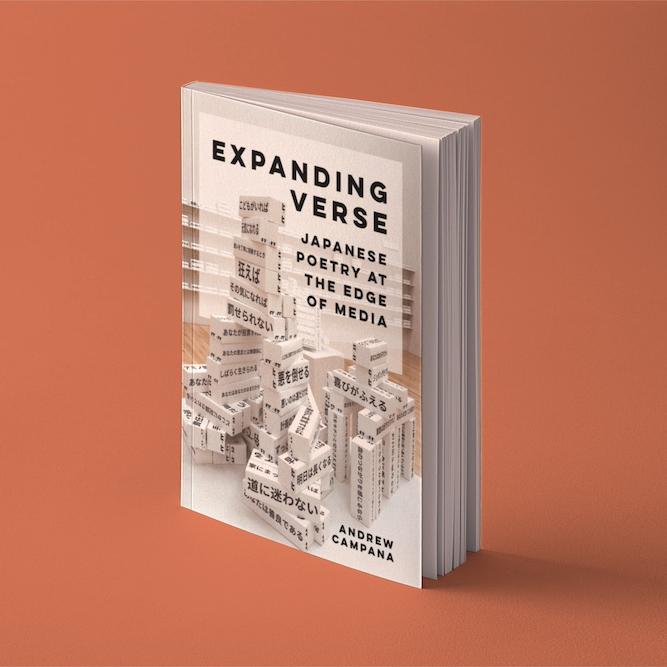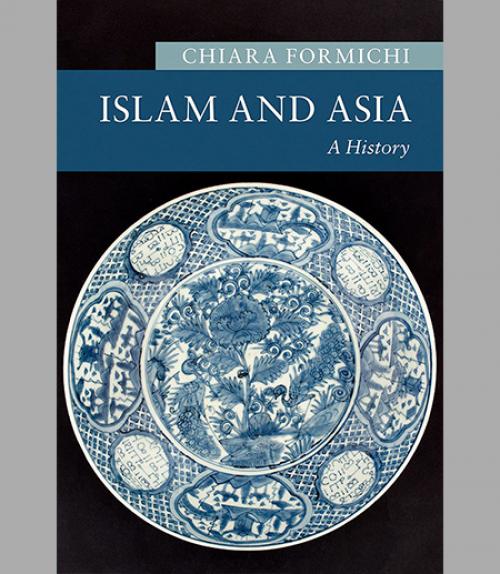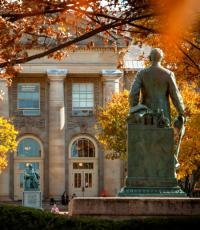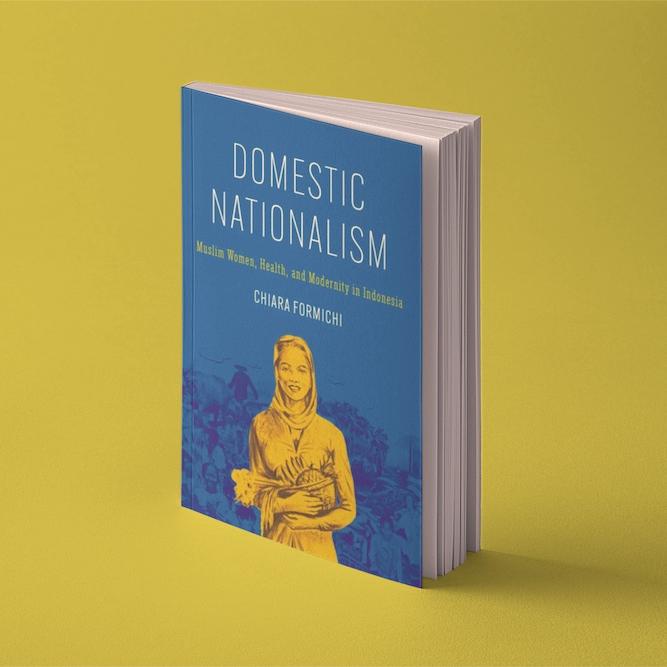
 Department Homepage
The College of Arts & Sciences
Department Homepage
The College of Arts & Sciences
New book explores intertwined histories of Islam and Asia
Covering 1,300 years, the book documents the historical moments when active contributions of knowledge and practice flowed between regions and cultures.



